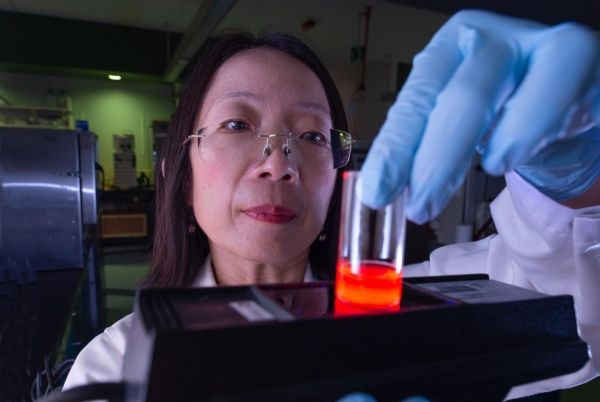QUT researchers have used carbon dots, created from human hair waste sourced from a Brisbane barbershop, to create a kind of “armour” to improve the performance of cutting-edge solar technology.
In a study published in the Journal of Materials Chemistry A, the researchers led by Professor Hongxia Wang in collaboration with Associate Professor Prashant Sonar of QUT’s Centre for Materials Science showed the carbon nanodots could be used to improve the performance of perovskites solar cells.
Perovskites solar cells, a relatively new photovoltaic technology, are seen as the best PV candidate to deliver low-cost, highly efficient solar electricity in coming years. They have proven to be as effective in power conversion efficiency as the current commercially available monocrystalline silicon solar cells, but the hurdles for researchers in this area is to make the technology cheaper and more stable.
Unlike silicon cells, they are created with a compound that is easily manufactured, and as they are flexible they could be used in scenarios such as solar-powered clothing, backpacks that charge your devices on the go and even tents that could serve as standalone power sources.
Read more at Queensland University Of Technology
Image: QUT researchers have used carbon dots, created from human hair waste sourced from a Brisbane barbershop, to create a kind of "armor" to improve the performance of cutting-edge solar technology. (Credit QUT)


